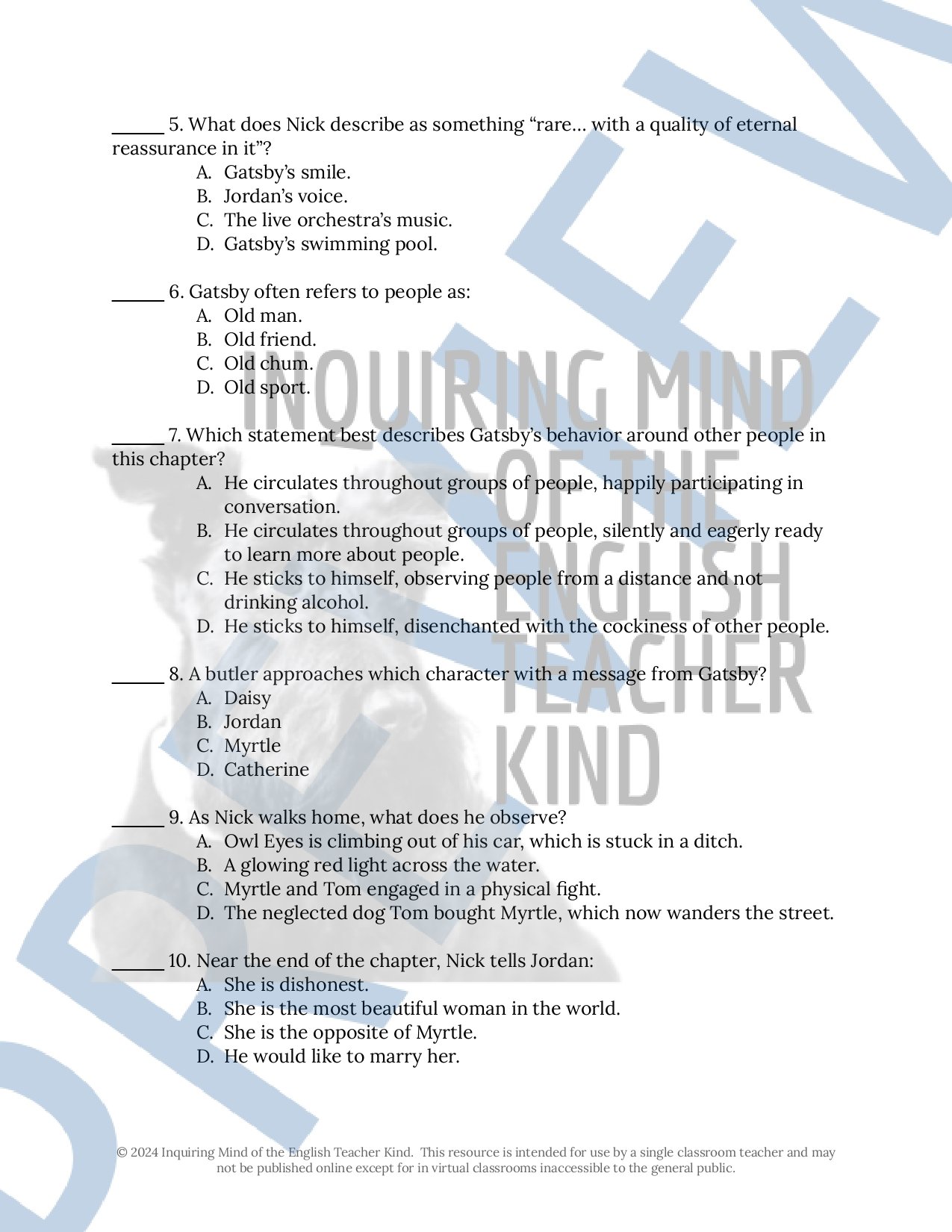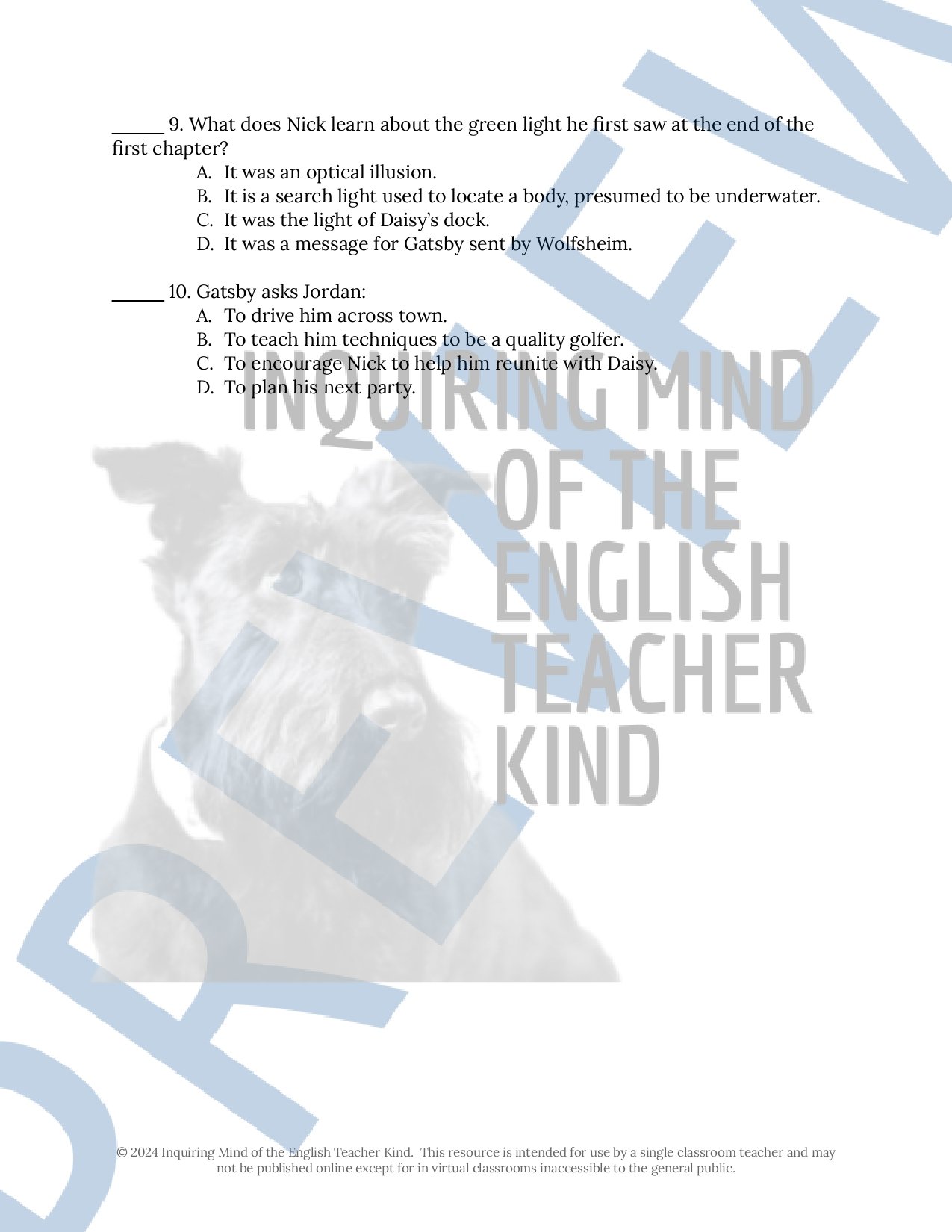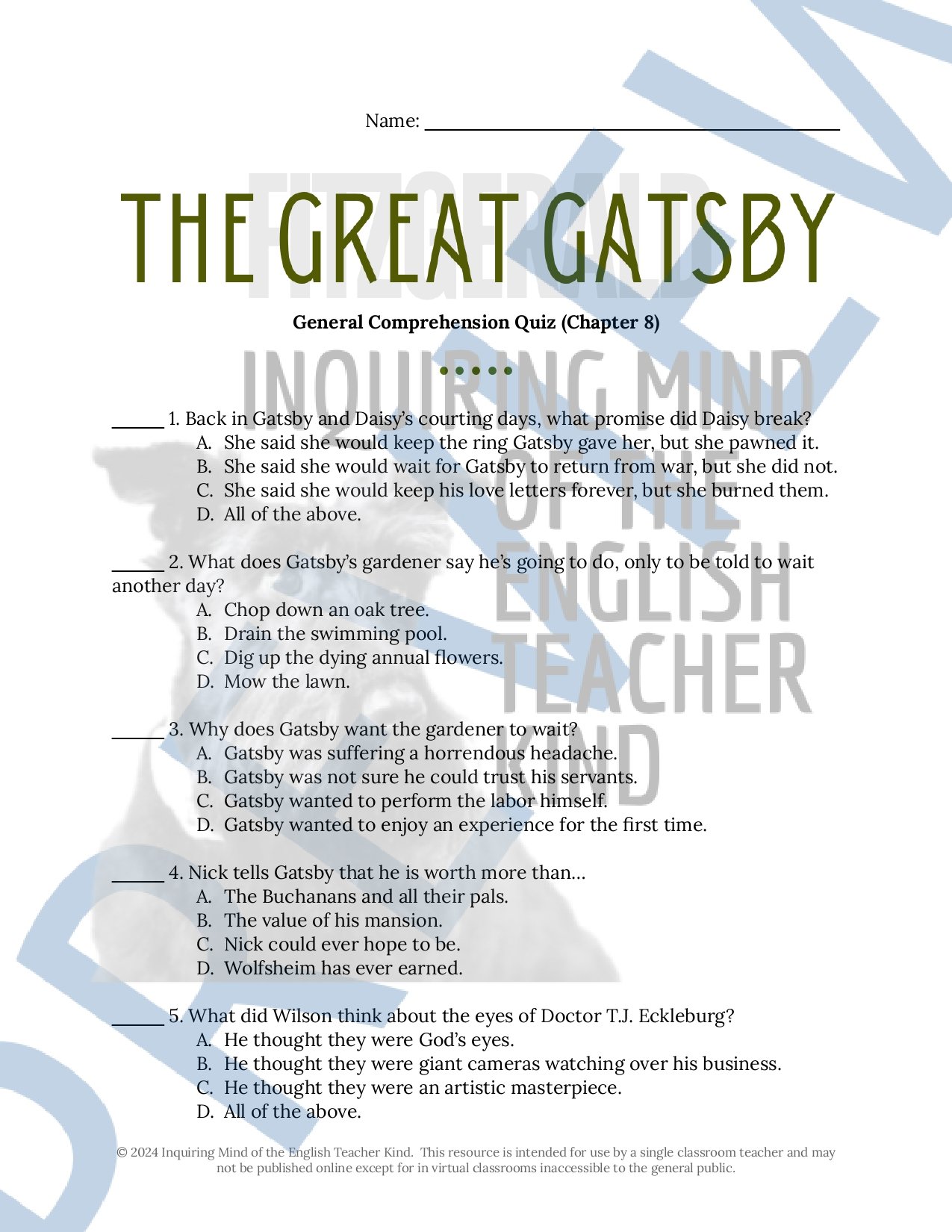 Image 1 of 91
Image 1 of 91

 Image 2 of 91
Image 2 of 91

 Image 3 of 91
Image 3 of 91

 Image 4 of 91
Image 4 of 91

 Image 5 of 91
Image 5 of 91

 Image 6 of 91
Image 6 of 91

 Image 7 of 91
Image 7 of 91

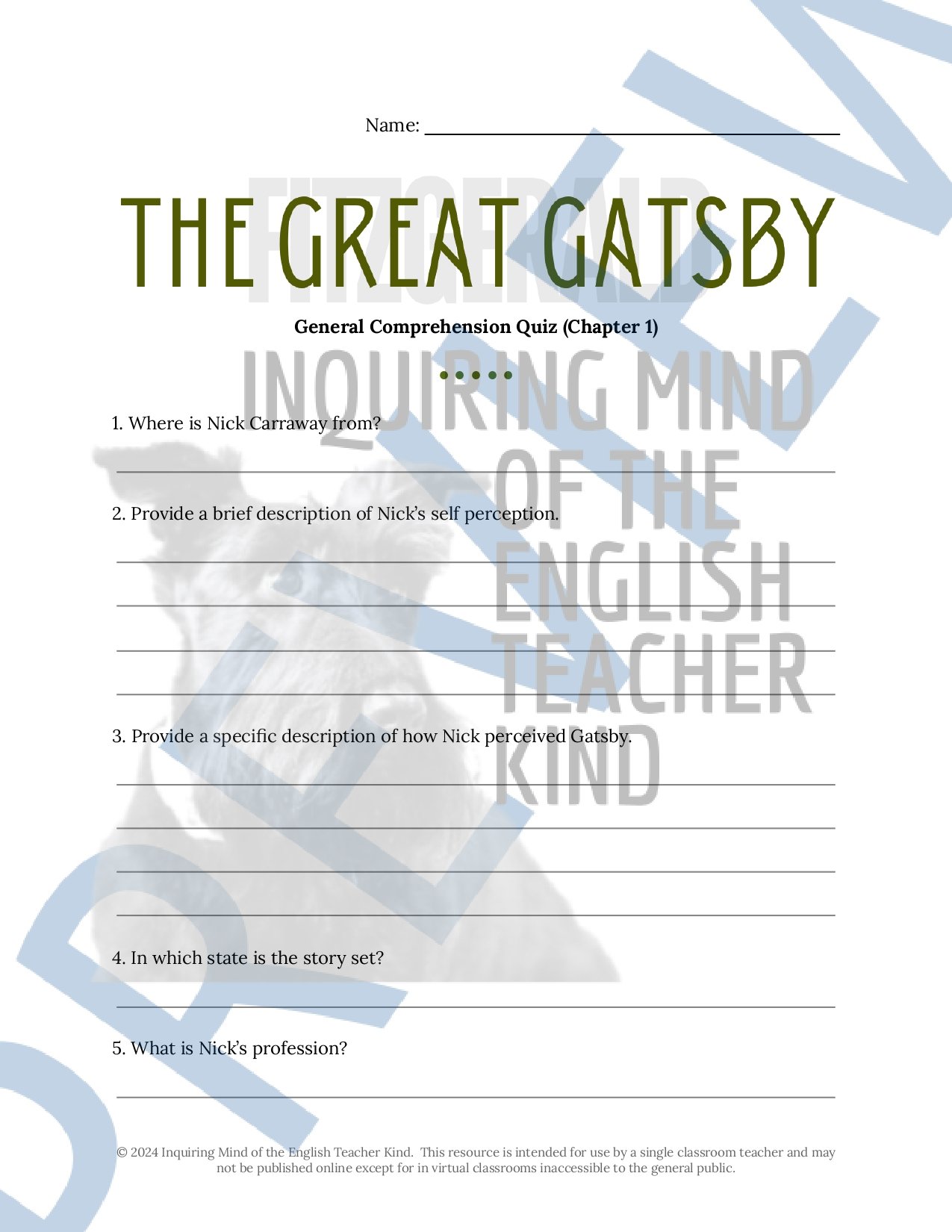 Image 8 of 91
Image 8 of 91

 Image 9 of 91
Image 9 of 91

 Image 10 of 91
Image 10 of 91

 Image 11 of 91
Image 11 of 91

 Image 12 of 91
Image 12 of 91

 Image 13 of 91
Image 13 of 91

 Image 14 of 91
Image 14 of 91

 Image 15 of 91
Image 15 of 91

 Image 16 of 91
Image 16 of 91

 Image 17 of 91
Image 17 of 91

 Image 18 of 91
Image 18 of 91

 Image 19 of 91
Image 19 of 91

 Image 20 of 91
Image 20 of 91

 Image 21 of 91
Image 21 of 91

 Image 22 of 91
Image 22 of 91

 Image 23 of 91
Image 23 of 91

 Image 24 of 91
Image 24 of 91

 Image 25 of 91
Image 25 of 91

 Image 26 of 91
Image 26 of 91

 Image 27 of 91
Image 27 of 91

 Image 28 of 91
Image 28 of 91

 Image 29 of 91
Image 29 of 91

 Image 30 of 91
Image 30 of 91

 Image 31 of 91
Image 31 of 91

 Image 32 of 91
Image 32 of 91

 Image 33 of 91
Image 33 of 91

 Image 34 of 91
Image 34 of 91

 Image 35 of 91
Image 35 of 91

 Image 36 of 91
Image 36 of 91

 Image 37 of 91
Image 37 of 91

 Image 38 of 91
Image 38 of 91

 Image 39 of 91
Image 39 of 91

 Image 40 of 91
Image 40 of 91

 Image 41 of 91
Image 41 of 91

 Image 42 of 91
Image 42 of 91

 Image 43 of 91
Image 43 of 91

 Image 44 of 91
Image 44 of 91

 Image 45 of 91
Image 45 of 91

 Image 46 of 91
Image 46 of 91

 Image 47 of 91
Image 47 of 91

 Image 48 of 91
Image 48 of 91

 Image 49 of 91
Image 49 of 91

 Image 50 of 91
Image 50 of 91

 Image 51 of 91
Image 51 of 91

 Image 52 of 91
Image 52 of 91

 Image 53 of 91
Image 53 of 91

 Image 54 of 91
Image 54 of 91

 Image 55 of 91
Image 55 of 91

 Image 56 of 91
Image 56 of 91

 Image 57 of 91
Image 57 of 91

 Image 58 of 91
Image 58 of 91

 Image 59 of 91
Image 59 of 91

 Image 60 of 91
Image 60 of 91

 Image 61 of 91
Image 61 of 91

 Image 62 of 91
Image 62 of 91

 Image 63 of 91
Image 63 of 91

 Image 64 of 91
Image 64 of 91

 Image 65 of 91
Image 65 of 91

 Image 66 of 91
Image 66 of 91

 Image 67 of 91
Image 67 of 91

 Image 68 of 91
Image 68 of 91

 Image 69 of 91
Image 69 of 91

 Image 70 of 91
Image 70 of 91

 Image 71 of 91
Image 71 of 91

 Image 72 of 91
Image 72 of 91

 Image 73 of 91
Image 73 of 91

 Image 74 of 91
Image 74 of 91

 Image 75 of 91
Image 75 of 91

 Image 76 of 91
Image 76 of 91

 Image 77 of 91
Image 77 of 91

 Image 78 of 91
Image 78 of 91

 Image 79 of 91
Image 79 of 91

 Image 80 of 91
Image 80 of 91

 Image 81 of 91
Image 81 of 91

 Image 82 of 91
Image 82 of 91

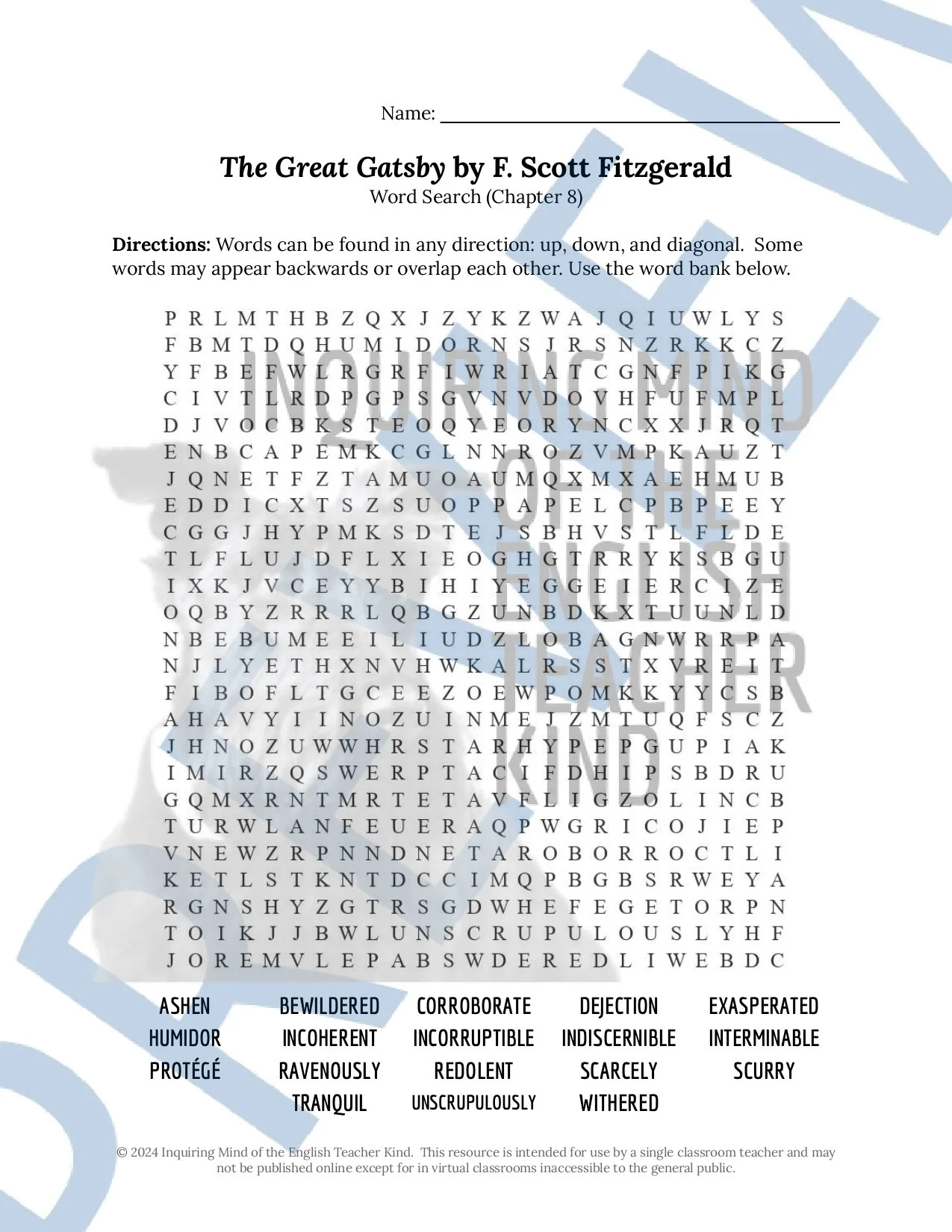 Image 83 of 91
Image 83 of 91

 Image 84 of 91
Image 84 of 91

 Image 85 of 91
Image 85 of 91

 Image 86 of 91
Image 86 of 91

 Image 87 of 91
Image 87 of 91

 Image 88 of 91
Image 88 of 91

 Image 89 of 91
Image 89 of 91

 Image 90 of 91
Image 90 of 91

 Image 91 of 91
Image 91 of 91




























































































The Great Gatsby Quizzes, Inference Worksheets, Vocabulary Games, Test, and Answer Keys
Eliminate assessment planning responsibilities with this comprehensive bundle for teaching The Great Gatsby by F. Scott Fitzgerald. Included are the following: nine plot-based quizzes (one per chapter), nine close reading inference worksheets (one per chapter), nine vocabulary application activities (one per chapter), nine crossword puzzles (one per chapter), nine word search games (one per chapter), an end-of-unit test, and answer keys for everything. Materials are delivered in editable Word Document and printable PDF formats. (Alternatively, a Google Drive bundle option is available.) More detailed information follows.
Vocabulary Games and Activities: Frontload assigned readings with vocabulary development games, or stash them in an emergency sub folder to keep students meaningfully engaged in the book despite teacher absences. By engaging with these materials, students will:
Determine the meaning of unfamiliar and complex words
Consult reference materials in order to learn and verify word meanings
Discern the most proper application of words as they are used in sentences
Plot-Based Quizzes: Evaluate general reading comprehension and hold students accountable for completing assigned readings. Alternatively, the quizzes may serve as guided reading handouts to facilitate purposeful engagement with the novel. By engaging with these materials, students will:
Demonstrate generalized knowledge of characters
Demonstrate generalized knowledge of settings
Demonstrate generalized knowledge of conflicts
Close Reading Inference Worksheets: Help students go beyond basic comprehension and develop critical thinking and literary craft analysis skills. By engaging with these materials, students will:
Read for literal comprehension
Consult reference materials to learn and verify word meanings as needed
Infer the intended effects of the author's word choices and narrative techniques
Determine the functions of given details
Describe tone in context
Examine how complex characters think, behave, interact, and develop
Apply knowledge of various literary devices including foreshadowing, hyperbole, imagery, metaphor, onomatopoeia, oxymoron, personification, simile, situational irony, and more
Analyze the symbolic importance of objects
Support claims and inferences with sound reasoning and relevant evidence
Write about literature with clarity, accuracy, and precision
Come to class better prepared to discuss literature
Summative Test: In addition to objective questions on character, plot, literary devices, and passage analysis, an essay section is featured, requiring high school students to analyze a given passage for character development and symbolism. An answer key is included with sample essay. By completing this assessment, students will demonstrate an ability to:
Correctly identify characters based on given details and descriptions
Apply knowledge of literary devices including metaphor, simile, personification, oxymoron, and more
Analyze passages and make logical inferences in the context of those passages
Write a brief essay in which students defend claims with relevant textual evidence and adhere to the standard conventions of written English
Resources are available for a variety of engaging novels:
Eliminate assessment planning responsibilities with this comprehensive bundle for teaching The Great Gatsby by F. Scott Fitzgerald. Included are the following: nine plot-based quizzes (one per chapter), nine close reading inference worksheets (one per chapter), nine vocabulary application activities (one per chapter), nine crossword puzzles (one per chapter), nine word search games (one per chapter), an end-of-unit test, and answer keys for everything. Materials are delivered in editable Word Document and printable PDF formats. (Alternatively, a Google Drive bundle option is available.) More detailed information follows.
Vocabulary Games and Activities: Frontload assigned readings with vocabulary development games, or stash them in an emergency sub folder to keep students meaningfully engaged in the book despite teacher absences. By engaging with these materials, students will:
Determine the meaning of unfamiliar and complex words
Consult reference materials in order to learn and verify word meanings
Discern the most proper application of words as they are used in sentences
Plot-Based Quizzes: Evaluate general reading comprehension and hold students accountable for completing assigned readings. Alternatively, the quizzes may serve as guided reading handouts to facilitate purposeful engagement with the novel. By engaging with these materials, students will:
Demonstrate generalized knowledge of characters
Demonstrate generalized knowledge of settings
Demonstrate generalized knowledge of conflicts
Close Reading Inference Worksheets: Help students go beyond basic comprehension and develop critical thinking and literary craft analysis skills. By engaging with these materials, students will:
Read for literal comprehension
Consult reference materials to learn and verify word meanings as needed
Infer the intended effects of the author's word choices and narrative techniques
Determine the functions of given details
Describe tone in context
Examine how complex characters think, behave, interact, and develop
Apply knowledge of various literary devices including foreshadowing, hyperbole, imagery, metaphor, onomatopoeia, oxymoron, personification, simile, situational irony, and more
Analyze the symbolic importance of objects
Support claims and inferences with sound reasoning and relevant evidence
Write about literature with clarity, accuracy, and precision
Come to class better prepared to discuss literature
Summative Test: In addition to objective questions on character, plot, literary devices, and passage analysis, an essay section is featured, requiring high school students to analyze a given passage for character development and symbolism. An answer key is included with sample essay. By completing this assessment, students will demonstrate an ability to:
Correctly identify characters based on given details and descriptions
Apply knowledge of literary devices including metaphor, simile, personification, oxymoron, and more
Analyze passages and make logical inferences in the context of those passages
Write a brief essay in which students defend claims with relevant textual evidence and adhere to the standard conventions of written English
Resources are available for a variety of engaging novels:
Preview this resource:
Eliminate assessment planning responsibilities with this comprehensive bundle for teaching The Great Gatsby by F. Scott Fitzgerald. Included are the following: nine plot-based quizzes (one per chapter), nine close reading inference worksheets (one per chapter), nine vocabulary application activities (one per chapter), nine crossword puzzles (one per chapter), nine word search games (one per chapter), an end-of-unit test, and answer keys for everything.











